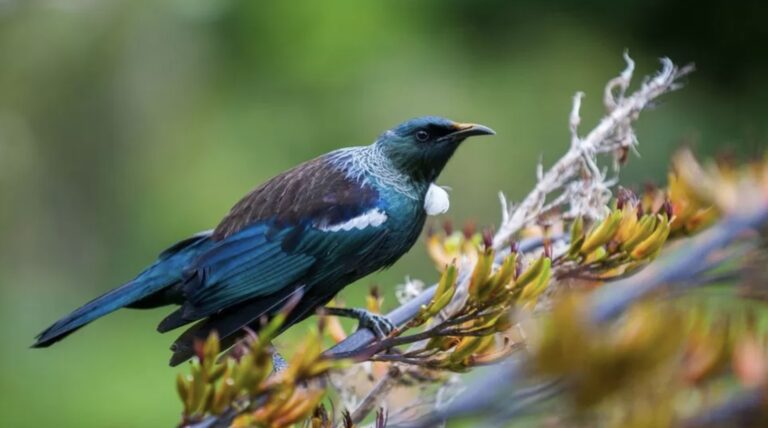The charming coastal suburb of Mirimar is gaining recognition for its active participation in the nation’s ongoing efforts against predators.
Predator Free Mirimar is a not-for-profit community effort to eradicate the peninsula of predators, like rats. A team of 36 wildlife enthusiasts gather each Sunday morning, where they aim to protect our native bird population through the powers of community spirit and Peanut butter.
Employing an array of advanced tools and techniques to achieve their objectives, from utilizing GPS systems and camera devices to enlisting the assistance of dogs and employing traditional peanut butter traps. The team is committed to fostering an environment where native creatures can thrive without the constant threat of predation.

The eradication of rats and other predatory species is not merely a goal for Miramar but a nationwide endeavor in New Zealand. The government has set an ambitious target to accomplish an Aotearoa free of rats, stoats, and possums by 2050.
Currently, 74% of New Zealand’s native land birds and 84% of our native reptile species are threatened or at risk of extinction.
Despite these sobering statistics, Predator Free New Zealand hasn’t been without harsh criticism. With two conservation researchers calling the policy “badly designed and unachievable,” in an interview with NZ Herald earlier this month. While others argue the ecological consequences of removing select predators from complex communities.
But as a nation that finds itself at the forefront of a pioneering conservation effort, challenges and debate undoubtedly always lie ahead.
Reflecting on this remarkable journey, it’s crucial to trace the origins of New Zealand’s conservation challenges. The region’s unique story unfolds from an ancient separation over 85 million years ago, resulting in bird species that adapted to life on the ground or without flight due to the lack of terrestrial predators. However, the tides turned with the arrival of humans, introducing mice and Pacific rats in the 13th century, followed by European settlers with larger mammals. This history of intervention led to the heartbreaking loss of nearly a third of the native species.

Amidst this backdrop of historical change, the landscape has shifted drastically. Delight is palpable among the locals as they witness the results of ongoing conservation efforts. The peninsula’s once prevalent rat threat is now a rarity, setting the stage for a remarkable resurgence in avian life. The early 2000s painted a grim picture, with ecologists estimating the annual loss of about 26 million birds to predators like rats. However, the tides have turned, and a positive shift is apparent – the peninsula now stands witness to a thriving avian community. The resounding melodies of the tui, on the brink of vanishing from Wellington in 1990, now paint the area with their enchanting calls.

Miramar’s resolute efforts serve as a shining example as New Zealand presses ahead with its ambitious predator-free goal. The collective determination to protect native bird species fuels hope for a future where these creatures can thrive without the shadow of predation. Miramar’s transformation from a rat-threatened peninsula to a thriving avian haven underscores the potential of community-driven conservation.
TRUTH SEEKER
Instantly run a Quiz with friends... about the article. Interact more & analise the story. Dig in, catch out biased opinions, and "fact check" with TRUTH SEEKER by ONENETWORK WELLINGTONLIVE 👋
Do you agree with the main argument of this article?
Total votes: 0
What is the main focus of Predator Free Miramar?
Bias Analysis
Fact Check Summary
True
Source: Article
False
Source: Article








